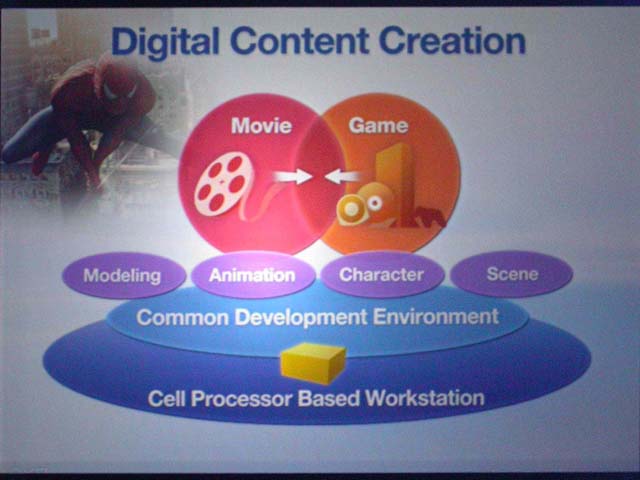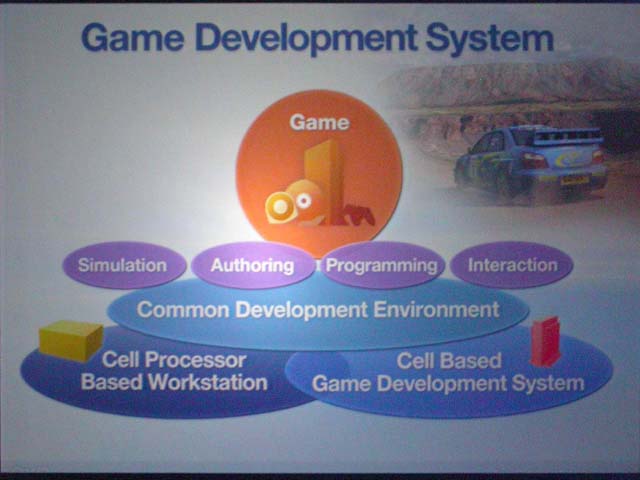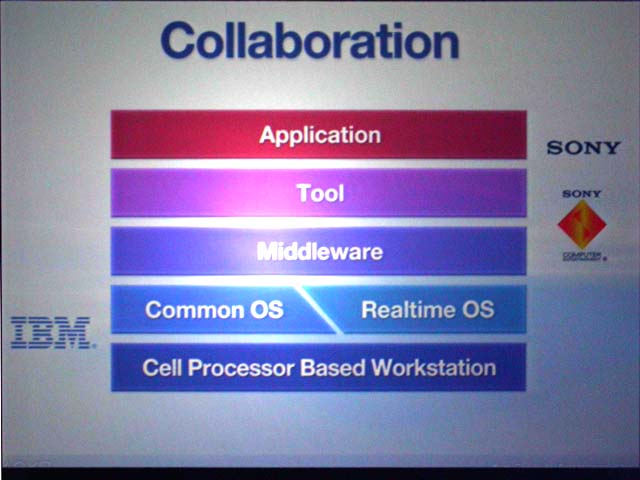Vince said:When did we start listening to /. anyways? "Data Plane Processors" -- has anyone heard this? I surely haven't. Their thread on Cell is a riot BTW.
I just did a quick search on google and found this of instrest.
Data Plane Processing with Configurable Architectures
It read a lot like the "CELL" concept but more limted because ARM isn't a desktop/workstation CPU. I really just glanced over this. Maybe this guy is telling the truth.



